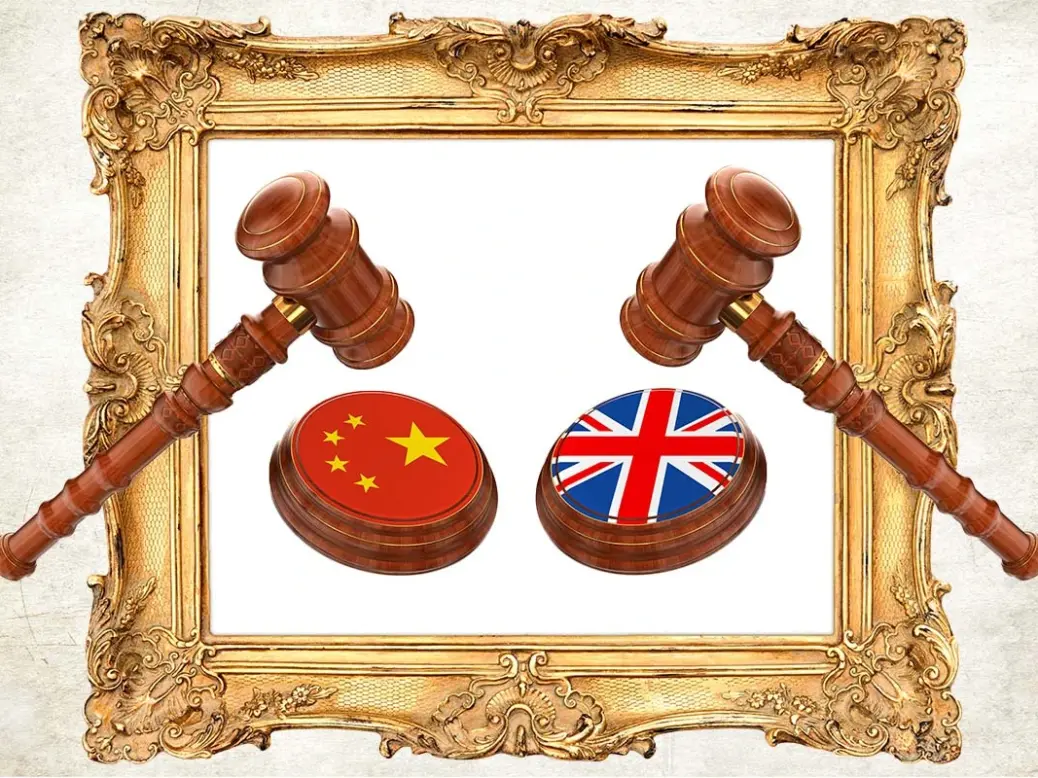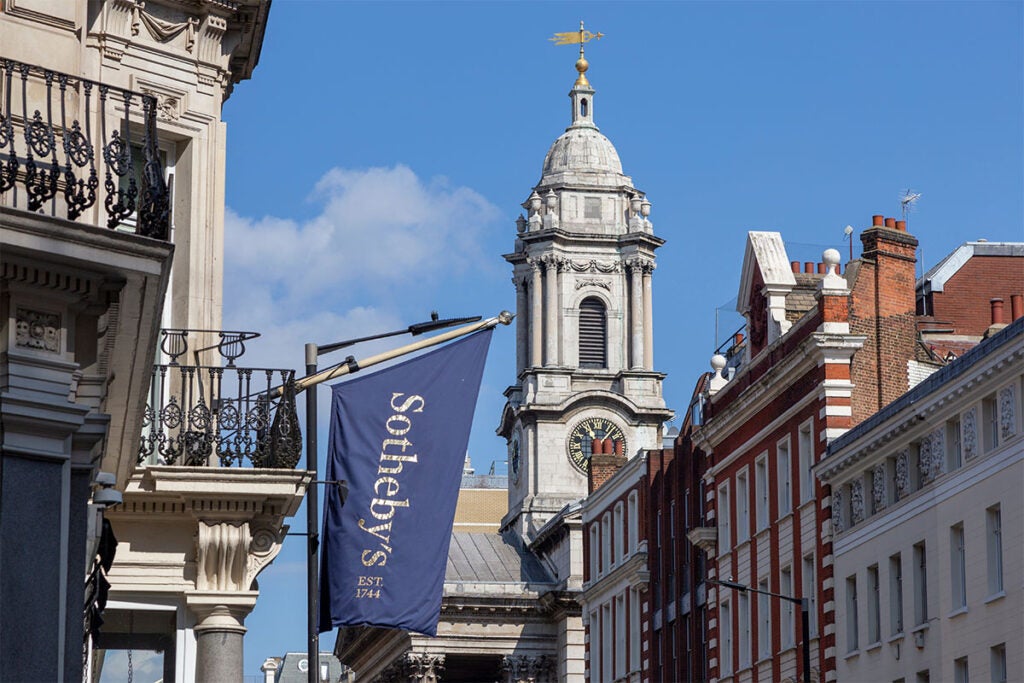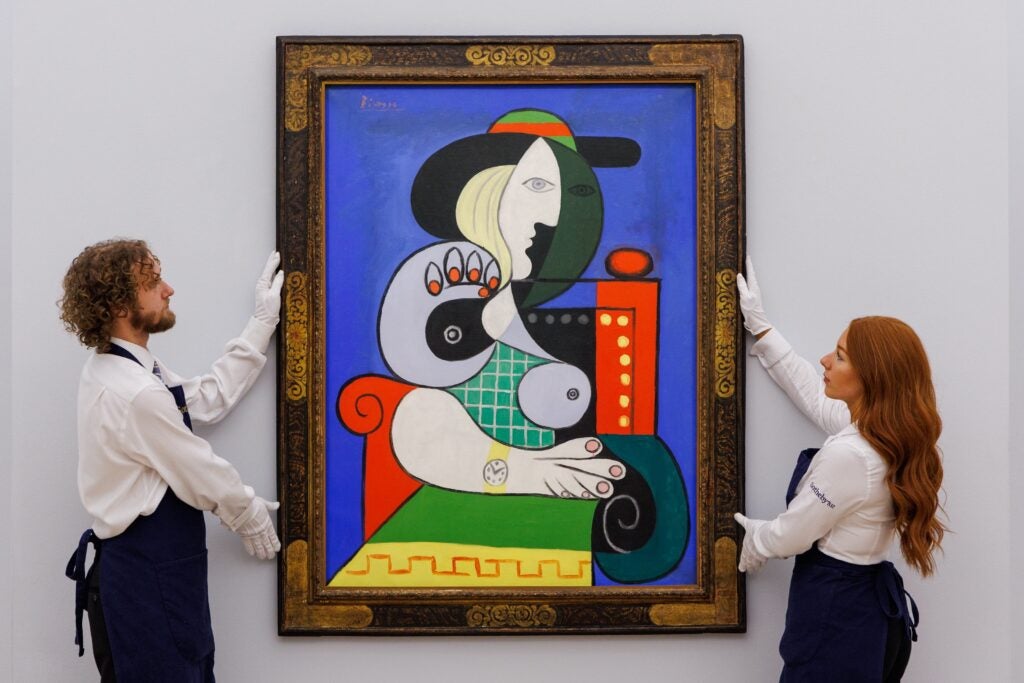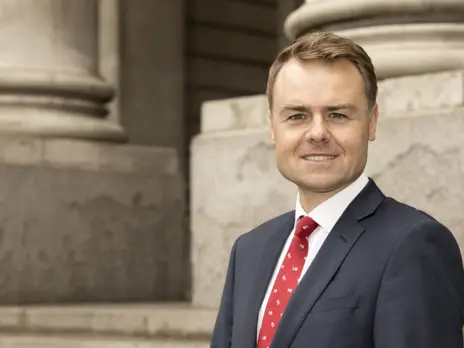
The UK fell behind China to become the third-largest art market in 2023 amid a dip in global sales, a new report has found.
The UK saw its market share fall by 1 per cent to 17 per cent year-on-year, according to The Art Basel and UBS Art Market Report 2024.
[See also: Investing in art remains a risk worth taking]
It was overtaken by China, including Hong Kong, which was the only major market to report an uptick and saw a rise of 2 per cent to 19 per cent. The US remained the leading market worldwide with 42 per cent of sales by value, down 3 per cent year-on-year.
The overall global art market eased by 4 per cent in 2023 to an estimated $65 billion, due in part to slower turnover at the high end of the market.
However, volume of sales remained above pre-pandemic levels, due partly to continued growth in online sales, which represents 18 per cent of turnover, almost double its pre-Covid figure.
[See also: Driven by design: how car galleries have become the new motoring status symbol]
Paul Donovan, chief economist at UBS Global Wealth Management, says it reflects the ‘resilience’ for the global market, with a brighter outlook for 2024.
‘Alongside the strength of financial markets, expected declines in interest rates, and weakening inflation, this offers hope for 2024,’ he explains. ‘We are observing a shift in the luxury market away from goods purchases towards spending more on “having fun” – leisure travel, entertainment and socialising. Art is so much more than possessing physical objects and the events, experiences, and social networks associated with collecting should provide support for the sector.’
China unseats the UK art market

After showing much resilience to intense economic and political pressures in 2021 and 2022, sales in the UK market fell by 8 per cent to $10.9 billion in 2023, the report notes. This is 11 per cent below its pre-pandemic level of $12.2 billion in 2019.
[See also: China’s insatiable appetite for luxury should reassure investors]
Along with the lingering effects of the Covid-19 pandemic, the UK market has also come under pressure due to factors including Brexit. It has only experienced around half of the uplift of the US between 2019-2023.
The 2023 dip was partly due to the slump in sales of the highest-priced works over the last year, which was a trend reflected globally. Values in the UK were 15 per cent lower than in 2013.
There was also a drop in the number of imports of art and antiques to the UK in 2023, which forms the backbone of the market. Imports to the UK declined year-on-year, falling by 16 per cent from $2.8 billion in 2022 to $2.3 billion in 2023 – this is 26 per cent lower than the levels recorded in 2019.
[See also: Is the superyacht industry sailing too close to the wind?]
Its place in the ranking was taken by China. The two countries ‘have seen a lot of reshuffling in their relative positions in the global ranks in the last 10 years’, the report notes.
The Chinese market rallied against the overall trend as activity surged as post-lockdown buyers snapped up backlogged auction inventories. Hong Kong’s major art fairs and exhibitions also returned to full-scale programming following the relaxation of strict Covid-19 measures.
Sales in China increased by 9 per cent to an estimated $12.2 billion for the year.
High end sales dip

Slower sales in the US and UK markets, as well as at the high end of the market, created an overall drag in sales worldwide.
‘Rapidly escalating inflation and other economic concerns in different regions over the last two years have directly impacted the available discretionary income and subsequent spending for many collectors,’ the report notes.
Although high-net-worth collectors will have been less impacted by the cost-of-living crisis, the economic environment has led to concerns over wealth creation and stability. This, combined with volatile social and political issues, means many have been less willing to make discretionary purchases and sales – or have been less focused on their collections.
[See also: Price of fame: more HNW investors are buying into pop culture collectibles]
The report continues: ‘The significant and increasing proportion of HNW collectors that use credit or lending to make purchases for their collections were also likely to factor in the effects of increasing rates on the direct costs for purchasing.’
Despite the fall in value, the volume of transactions grew by 4 per cent YoY to 39.4 million. ‘The uplift in 2023 was due to the relative buoyancy in the volume of transactions at lower price levels, for both dealers and auction houses,’ the report observes.
This differentiates the performance from previous slowdowns when the lower levels of the market took a hit as buyers made a ‘flight to quality’ at the high end of the market.




